Regions of Uruguay, a small yet vibrant country nestled between Brazil and Argentina, offers travelers a diverse array of landscapes, cultures, and experiences. Divided into 19 departments, Uruguay boasts a rich tapestry of regions and provinces, each with its own unique attractions, traditions, and heritage. In this article, we will embark on a journey to explore Uruguay’s regions and provinces, uncovering the hidden gems and must-visit destinations that make this South American nation a truly remarkable destination.
Montevideo Department:
The Montevideo Department, home to Uruguay’s capital city, is a bustling hub of culture, history, and commerce. Montevideo is renowned for its eclectic blend of architectural styles, vibrant neighborhoods, and cultural attractions. Visitors can explore the historic Ciudad Vieja (Old Town), stroll along the picturesque waterfront promenade known as La Rambla, and visit iconic landmarks such as the Solís Theatre and the Legislative Palace. Montevideo also boasts a thriving arts scene, with museums, galleries, and theaters showcasing the country’s rich cultural heritage.
Canelones Department:
The Canelones Department, located just north of Montevideo, is known for its fertile agricultural lands, charming rural towns, and beautiful coastline. Canelones is Uruguay’s largest wine-producing region, with numerous vineyards and wineries scattered throughout the countryside. Visitors can tour wineries, sample local wines, and enjoy traditional Uruguayan cuisine at rustic estancias (ranches). The department’s coastline, known as the Costa de Oro (Gold Coast), offers pristine beaches, seaside resorts, and water sports such as surfing, kiteboarding, and windsurfing.
Maldonado Department:
The Maldonado Department, situated along Uruguay’s southeastern coast, is a popular tourist destination known for its glamorous beach resorts, scenic landscapes, and vibrant nightlife. Punta del Este, often referred to as the “Hamptons of South America,” is the crown jewel of Maldonado, attracting jet-setters, celebrities, and sun-seekers from around the world. Visitors can relax on pristine beaches, indulge in luxury shopping and dining, and enjoy world-class entertainment at exclusive clubs and casinos. The department also offers opportunities for outdoor activities such as horseback riding, golfing, and nature excursions in nearby reserves like Laguna Garzón and Cerro Pan de Azúcar.
Rocha Department:
The Rocha Department, located along Uruguay’s eastern coast, is renowned for its unspoiled natural beauty, pristine beaches, and bohemian vibe. Rocha is home to some of Uruguay’s most idyllic beach destinations, including Punta del Diablo, Cabo Polonio, and La Paloma, where visitors can relax on sandy shores, swim in crystal-clear waters, and explore coastal dunes and rocky cliffs. Inland, Rocha offers opportunities for eco-tourism and adventure, with nature reserves, lagoons, and forests teeming with biodiversity. The department’s laid-back atmosphere, friendly locals, and vibrant arts scene make it a favorite destination for travelers seeking tranquility and authenticity.
Colonia Department:
The Colonia Department, located along Uruguay’s southwestern coast, is a charming colonial region known for its historic towns, cobblestone streets, and riverside landscapes. Colonia del Sacramento, a UNESCO World Heritage Site, is the department’s crown jewel, boasting well-preserved colonial architecture, ancient ruins, and scenic vistas of the Rio de la Plata. Visitors can wander through the city’s picturesque streets, visit museums and art galleries, and enjoy panoramic views from the iconic lighthouse and city walls. The department’s rural countryside, dotted with vineyards, farms, and estancias, offers opportunities for agritourism, wine tasting, and outdoor activities such as horseback riding and birdwatching.
Soriano Department:
The Soriano Department, located in western Uruguay along the banks of the Rio Negro, is a region steeped in history, culture, and tradition. The department’s capital city, Mercedes, is known for its colonial architecture, tree-lined boulevards, and lively riverfront promenade. Visitors can explore historic landmarks such as the Soriano Cathedral, the Municipal Museum, and the Rambla Costanera, which offers scenic views of the river and surrounding countryside. Soriano is also home to picturesque towns like Dolores and Cardona, where visitors can experience rural life, visit artisan workshops, and learn about traditional crafts such as ceramics and weaving.
Tacuarembó Department:
The Tacuarembó Department, located in north-central Uruguay, is a rural region known for its gaucho culture, vast grasslands, and rugged landscapes. Tacuarembó is considered the heartland of Uruguay’s cowboy tradition, with sprawling estancias (ranches), rodeos, and folk music festivals celebrating the country’s cowboy heritage. Visitors can experience gaucho culture firsthand by staying at traditional estancias, participating in cattle roundups, and attending cultural events such as the Festival Nacional de la Patria Gaucha. The department’s natural attractions include rivers, waterfalls, and nature reserves, offering opportunities for outdoor activities such as hiking, fishing, and birdwatching.
Rivera Department:
The Rivera Department, located in northeastern Uruguay along the border with Brazil, is a region known for its cultural diversity, vibrant markets, and historic landmarks. The department’s capital city, Rivera, shares a border with the Brazilian city of Santana do Livramento, forming a unique bi-national community known as the “International City of the North.” Visitors can explore bustling markets such as the Mercado Internacional de Rivera, where they can shop for a variety of goods including clothing, electronics, and artisan crafts. Rivera is also home to historic landmarks such as the Fortaleza de Santa Teresa, a 19th-century fortress overlooking the Rio de la Plata, and the Catedral de San Pablo, a neo-Gothic cathedral with stunning stained glass windows.
Conclusion:
Uruguay’s regions and provinces offer travelers a diverse array of experiences, from exploring colonial towns and relaxing on pristine beaches to immersing themselves in gaucho culture and discovering hidden gems off the beaten path. Whether visiting the cosmopolitan capital city of Montevideo, sunbathing on the glamorous shores of Punta del Este, or exploring the historic streets of Colonia del Sacramento, Uruguay invites travelers to embark on an unforgettable journey of exploration and discovery. With its rich cultural heritage, stunning landscapes, and warm hospitality, Uruguay is a destination that captivates the imagination and leaves a lasting impression on all who visit.


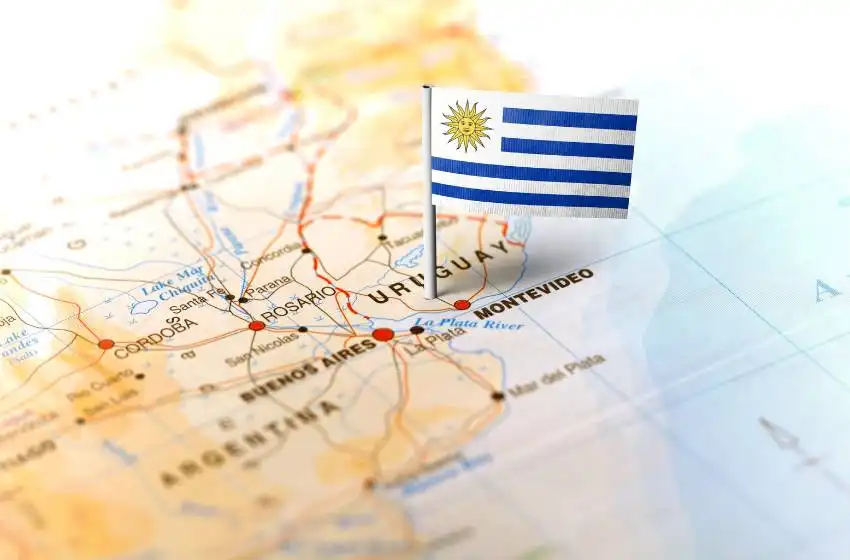















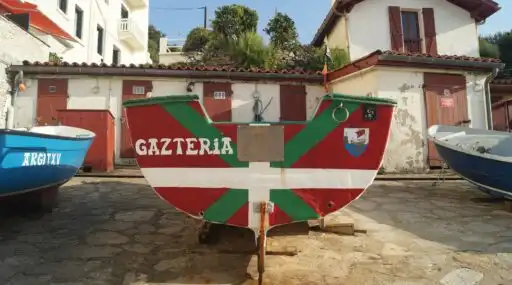










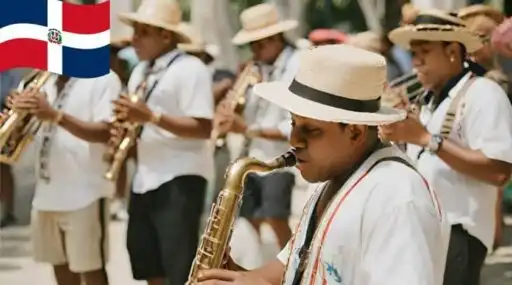

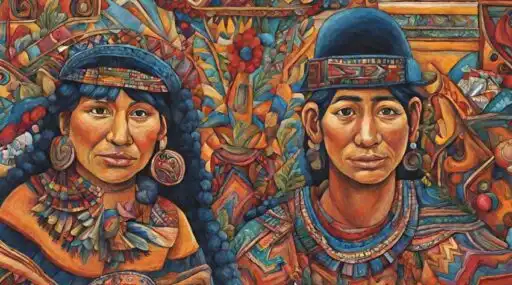




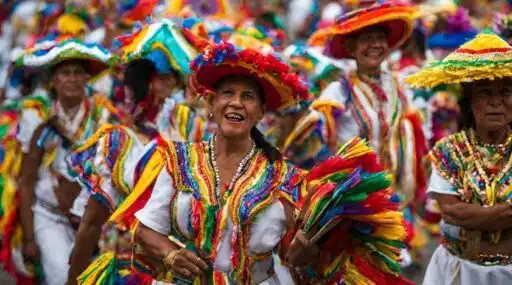
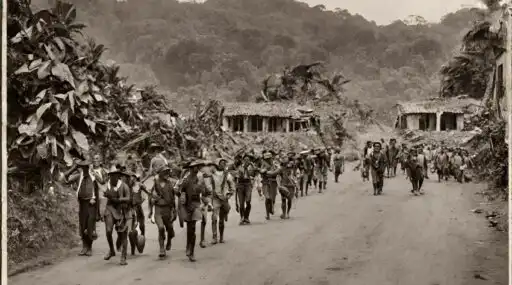
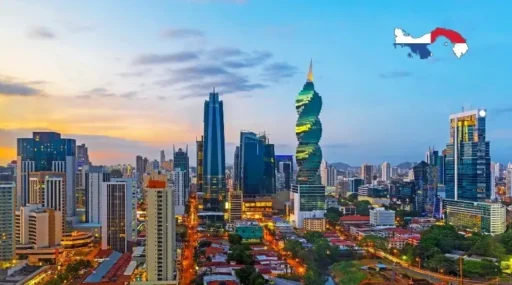







Leave a Reply